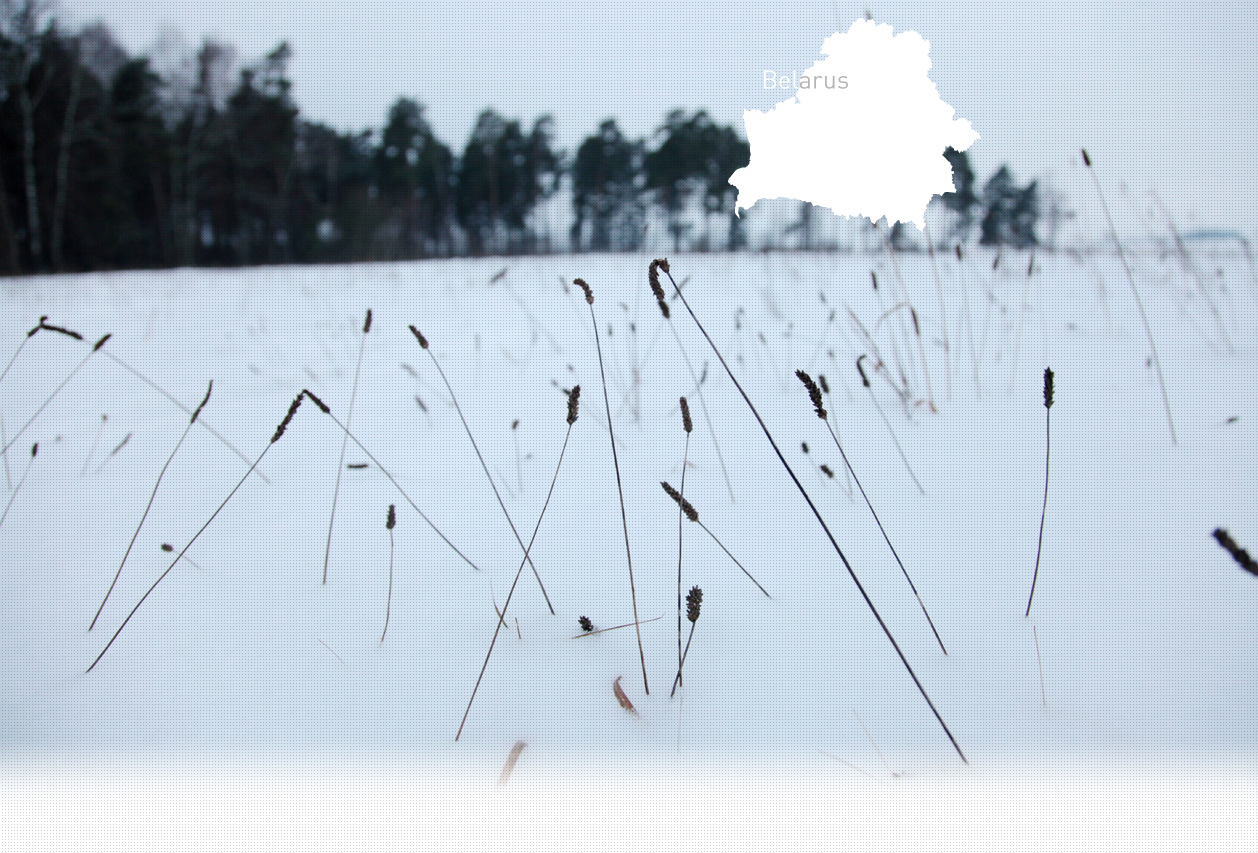

1 Killing site(s)
Nikolai G., born in 1929: “One day, as I was taking my cattle to graze, I saw a shooting near Olshany. There were dozens of Jews, I recognized many of them from Olshany. There were men, young and old, and some women. They had to kneel next to the pit and then were shot. A German gave the orders, and local policemen obeyed and shot everyone. I was really scared and so I only stayed for about ten minutes. The mass grave was filled in by some of the villagers a week later.” (Witness YIU/957B, interviewed on September 5, 2018 in Olshany)
“In the area surrounding David-Horodok, the commission discovered mass graves of victims of the German-fascist terror. In this cemetery located near the hamlet ‘Khinovsk’, district of David-Horodok, graves of 53m by 5m, 25m by 6m, 24m by 5m, 7m by 6m, and 4m by 4m were discovered. The German-fascist monsters exterminated and tortured 2,437 people in these graves.” [Act drawn up on March 5, 1945 in David-Horodok – GARF 7021-90-35, p.4]
Olshany is a village in Stolinskii district, Brest region, southern Belarus. It is located about 280 km (174mi) west of Brest. The first written records of the village date from 1392, a period when Olshany was part of the Grand Duchy of Lithuania. From 1793 until 1921 it was part of the Russian Empire, then it became part of Poland until 1939. Since then, it has been part of Belarus (the Soviet republic, and the current state). During the interwar period, Olshany was a Polish village. There was a Polish school at the village which Belarusian, Polish and Jewish children attended together. The Jewish community being rather small, there was no synagogue.
The Germans first arrived in and occupied Olshany on July 7, 1941. Over five following days, heavy fighting between the Germans and Russians took place in and around the local cemetery. The Germans won the battle and carried on their advance east. Some German soldiers and policemen stayed in Olshany. In nearby David-Horodok, the Germans rounded up all the Jewish men over 14, a month after their taking over the town, on August 10, 1941. They took them in the direction of Olshany, to a hamlet called Khinovsk-Gorki just outside the village. The men were given shovels and forced to dig their own graves. They were then shot. The number of victims that day varies according to the source (Soviet archives, historians) but it is estimated to be between 500 men to a little over 1,000. In early 1942, all the Jews from Olshany were rounded up and taken to a ghetto in David-Horodok. The conditions were terrible, and many Jews died of hunger, cold and disease in the ghetto, which was guarded by local policemen. On September 10, 1942, the ghetto was liquidated. All the Jews, mostly women and children, were taken to the same hamlet, Khinovsk-Gorki, just outside Olshany (nowadays part of Olshany). There, they had to remove their clothes and surrender all their valuables. Then they were all shot and buried in a mass grave. Between 700 and 1,100 people were killed there that day. Some managed to escape (around a 100 Jews according to the historian, Altman), but many of them were caught and killed by the Germans, as one witness remembers. Some however got away and joined the partisans. Olshany was liberated by the Red Army in early July 1944. In total, circa. 2,000 Jews were shot in Khinovsk-Gorki. Their bodies were reburied later.
Do you have additional information regarding a village that you would like to share with Yahad ?
Please contact us at contact@yahadinunum.org
or by calling Yahad – In Unum at +33 (0) 1 53 20 13 17